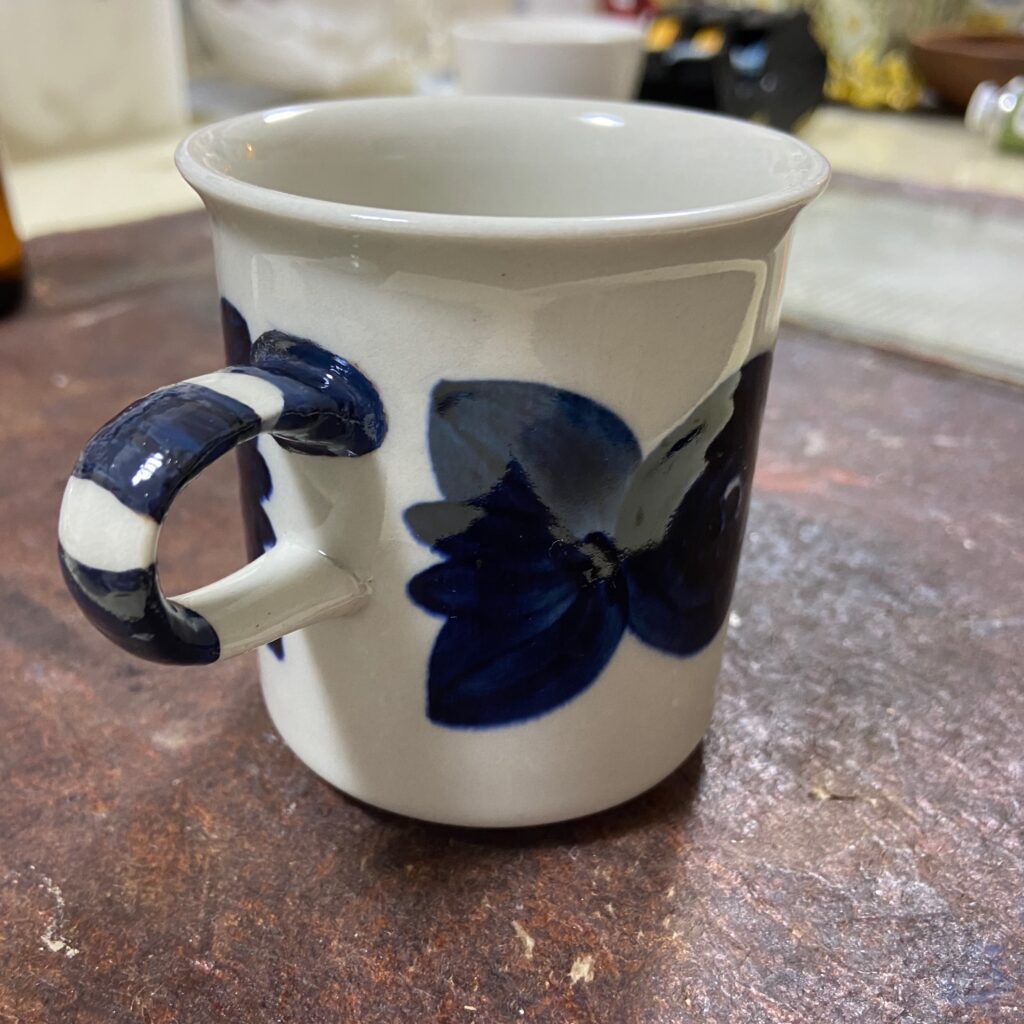Kintsugi
When most people think of kintsugi, they imagine mending with gold. Gold is gorgeous and beautiful and it looks great on any material or vessel.
The image of the finish changes depending on the fineness and shape of the gold powder. Sowing with a gold round powders(marufun), the well-polished finish is durable and has a strong presence, and when sowed with fine powder(keshifun), it looks mat and natural. Choose according to the purpose and texture of the vessel.

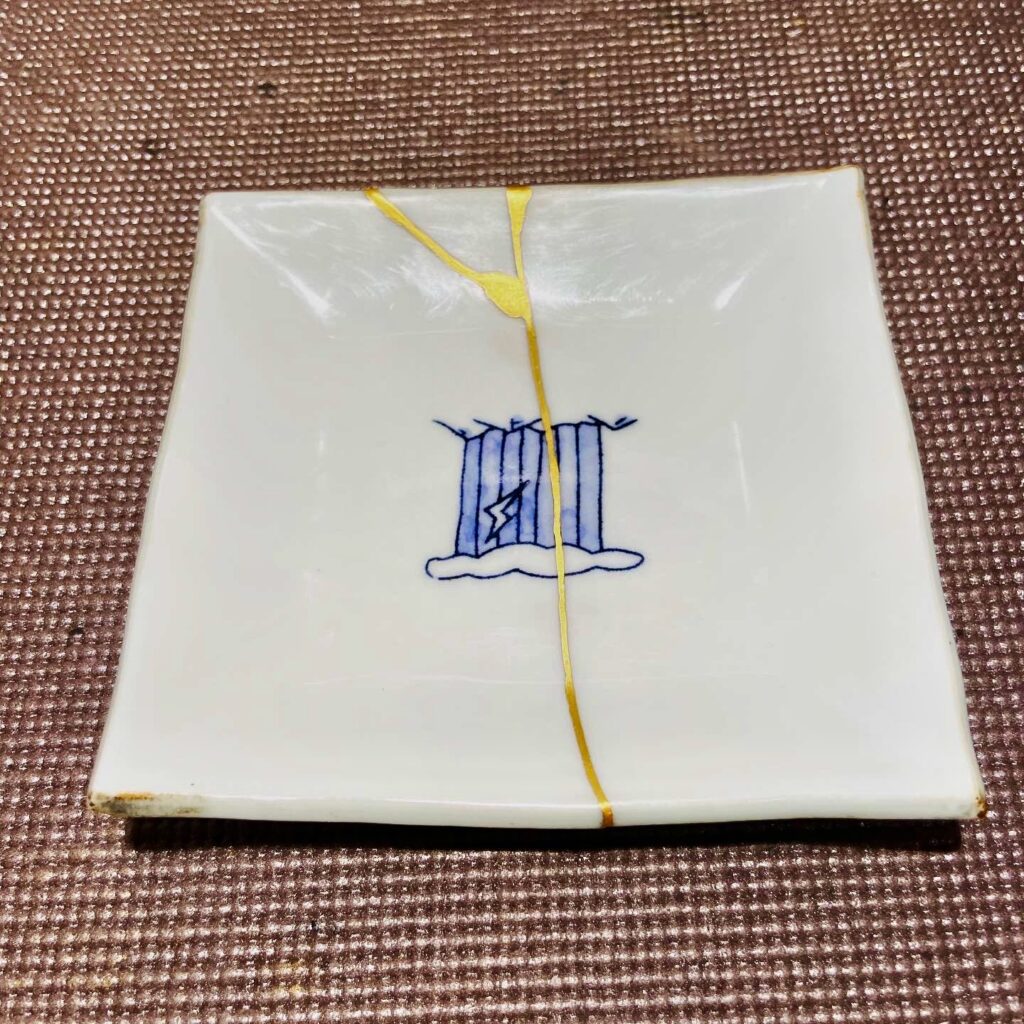
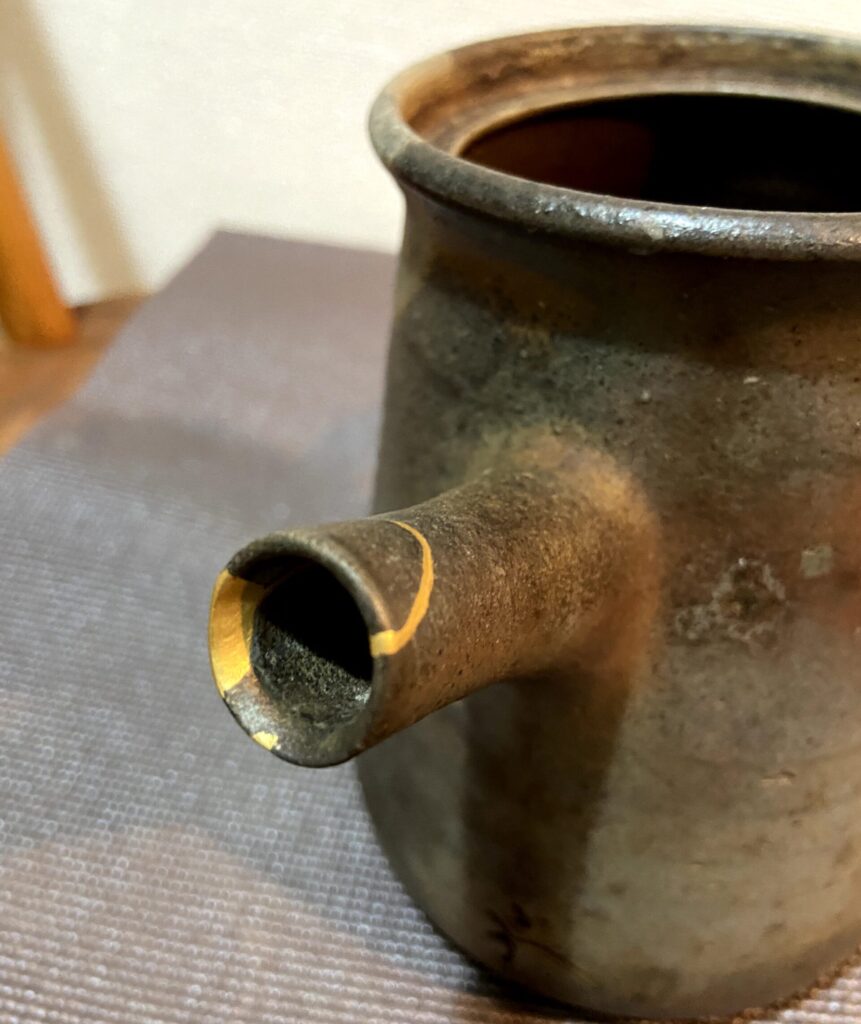

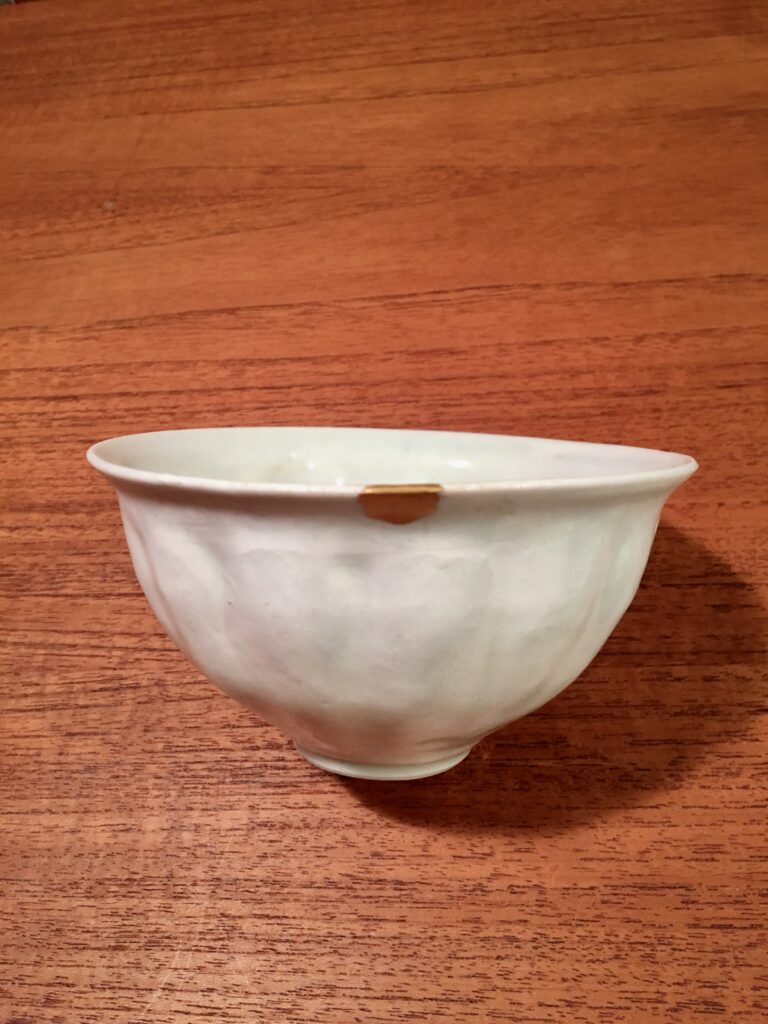
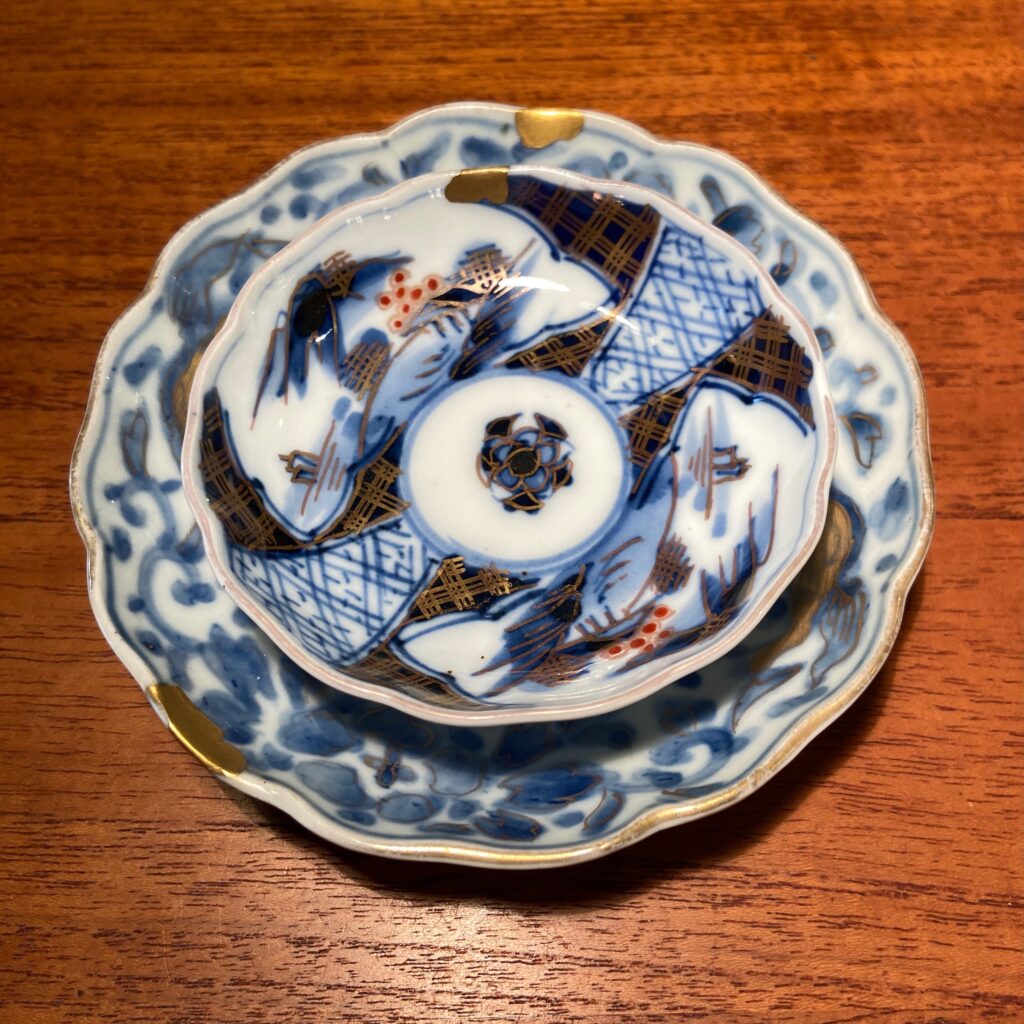
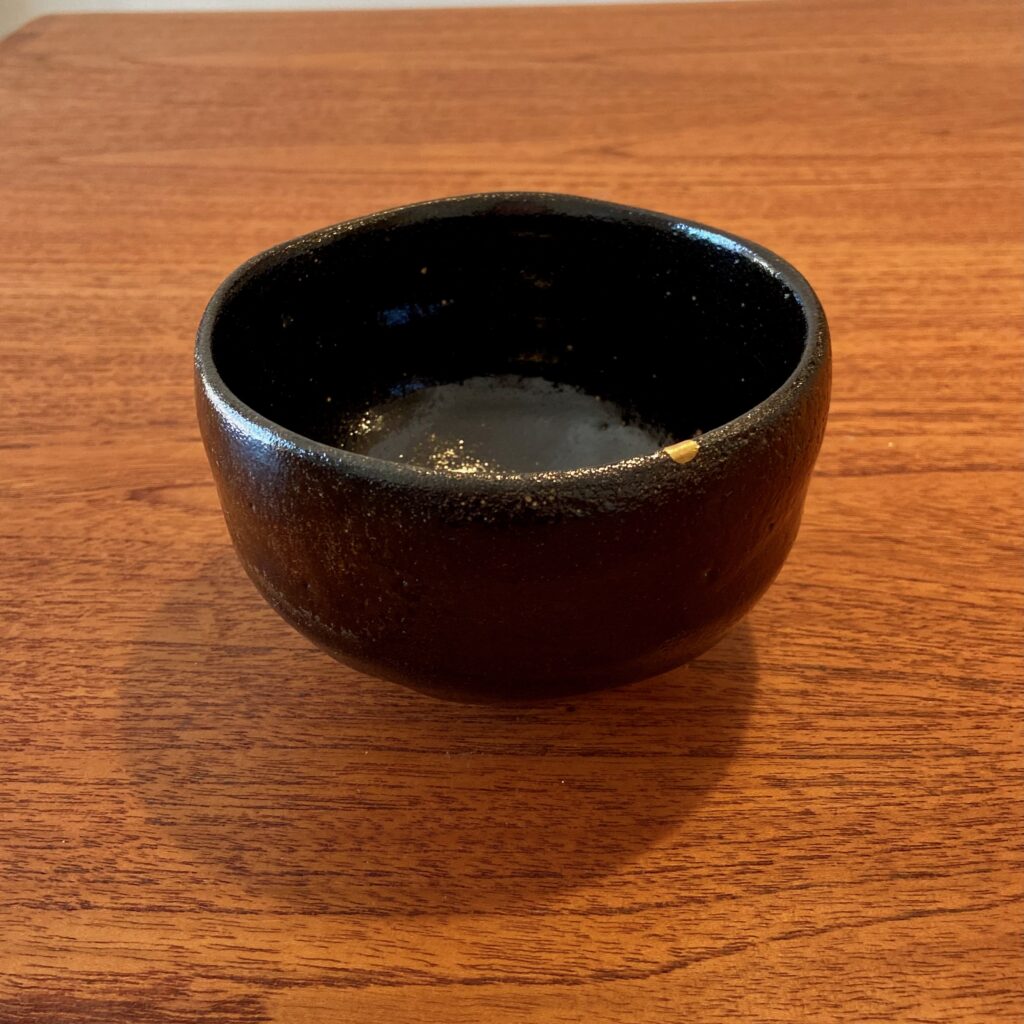
Gintsugi(Silver)
It is a method of finishing by sowing with silver powder. The method is the same as gold, and silver powder will darken as it is used. The effect of aging gradually appears, and it becomes a good texture, so it is better to choose according to the type of pottery and your preference.
At Kintsugi Link, we do not use fine powder(keshifun) for silver, but use a round powder(marufun) polishing finish that can be polished again even if it has become darkened.

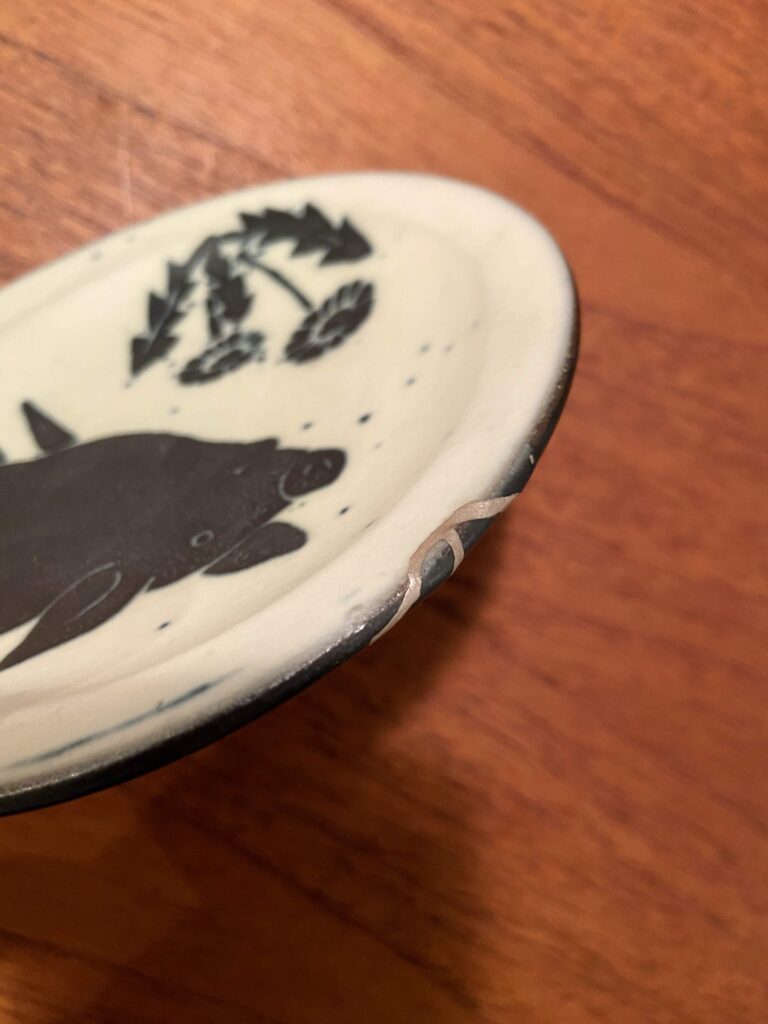
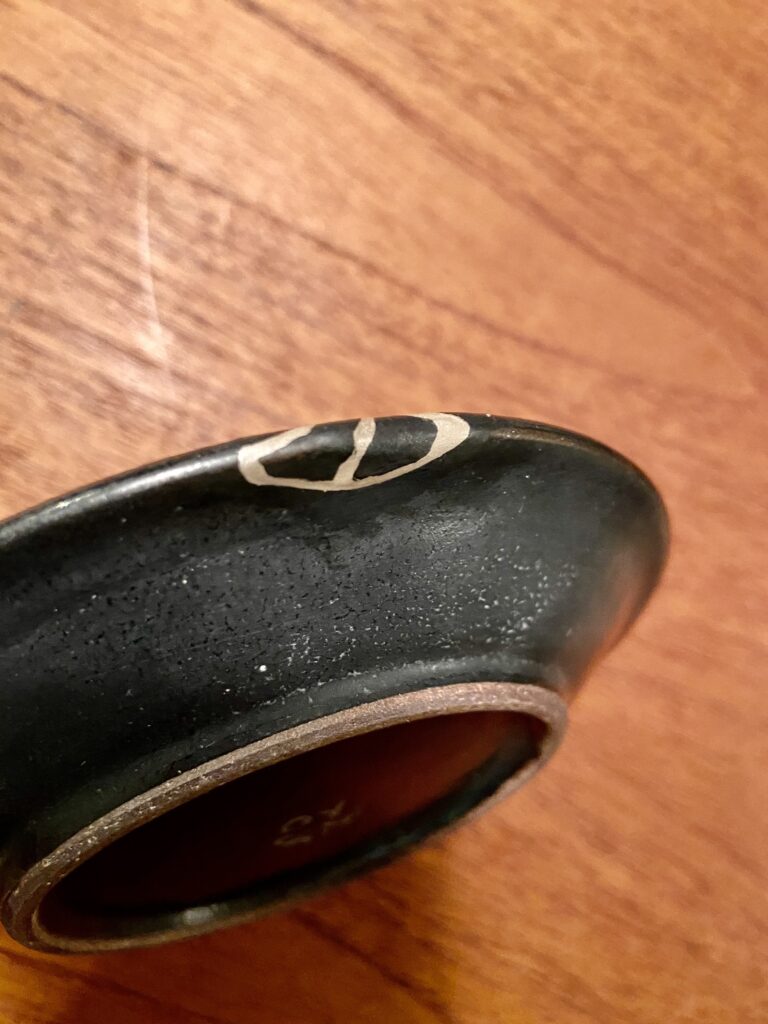
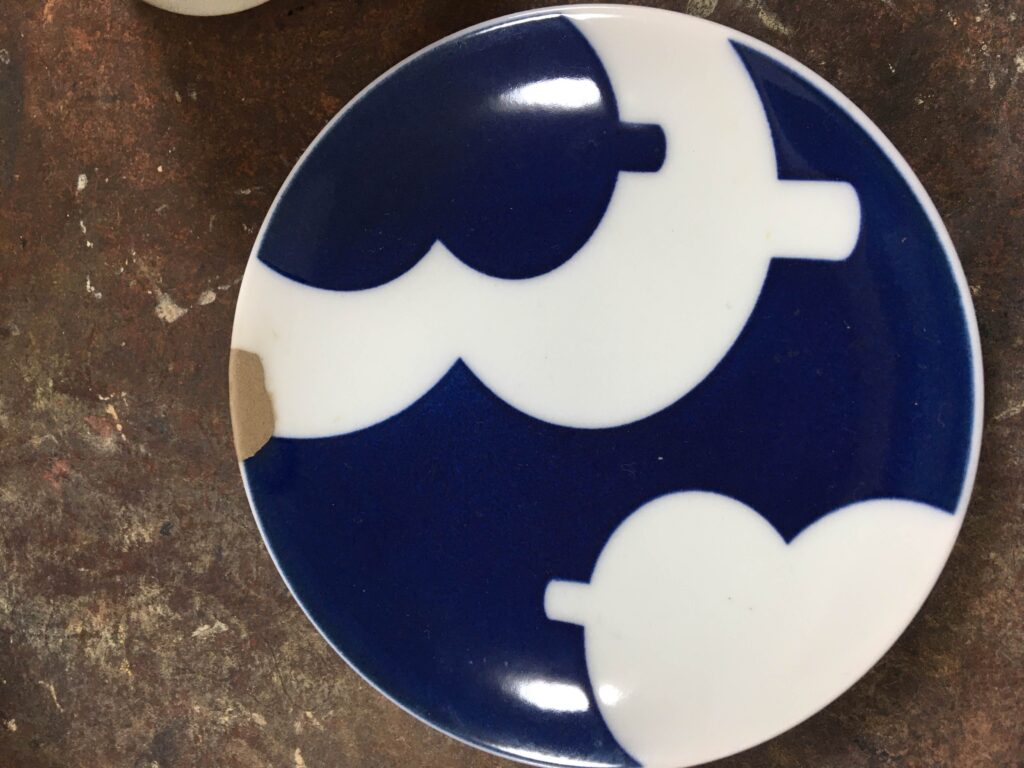
Colored lacquer
Colored lacquer can be used for finishing. Black, bengara red, and beige are popular, but you can enjoy a variety of colors.
The color that cannot be produced is white, and with lacquer, it becomes a beige color. Therefore, expressing white with maki-e is a method of expression using quail egg shells.
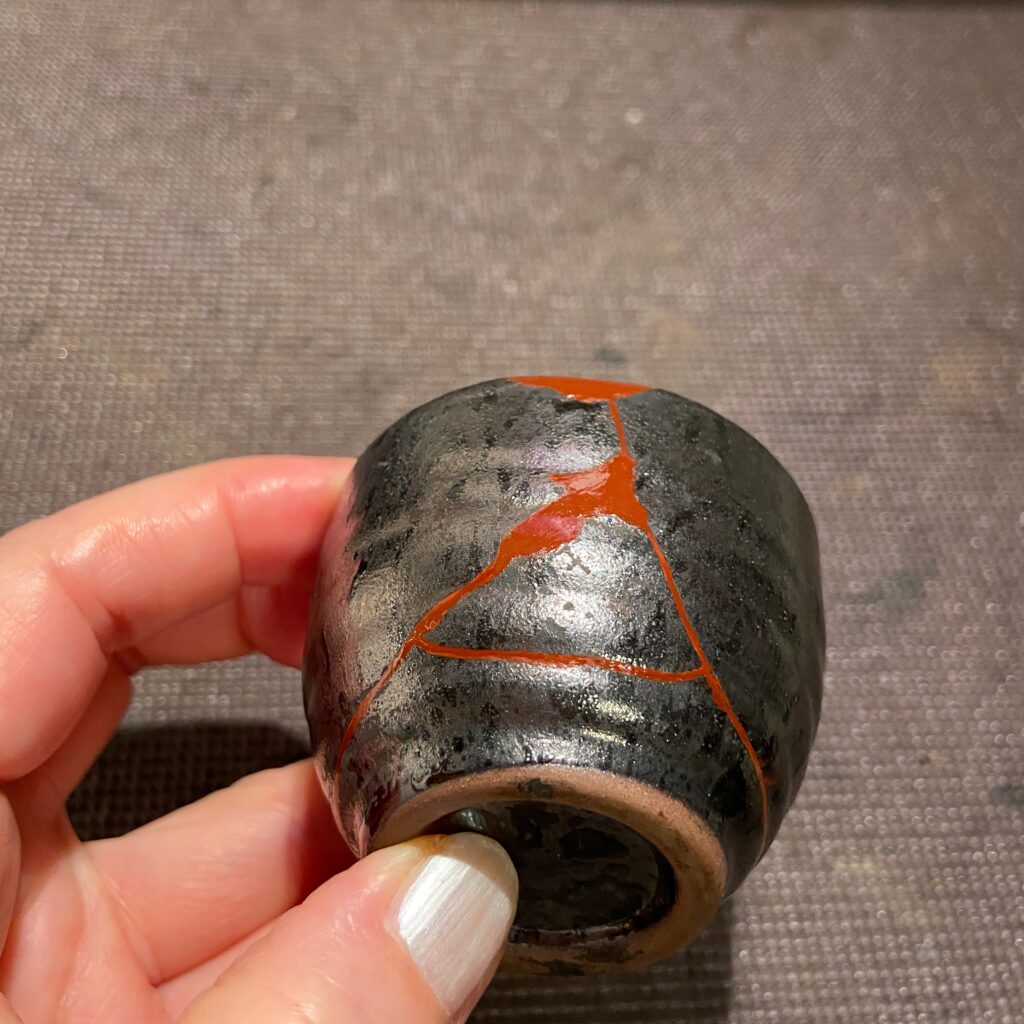
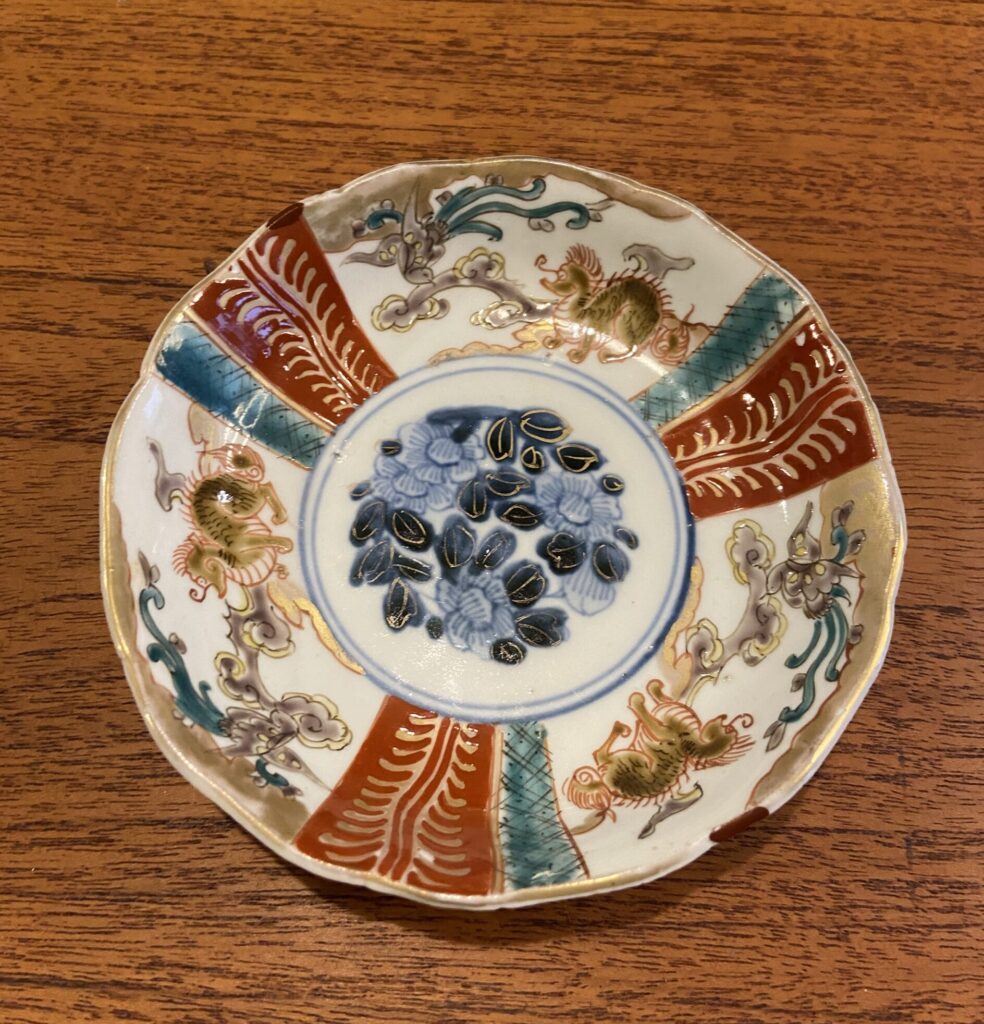
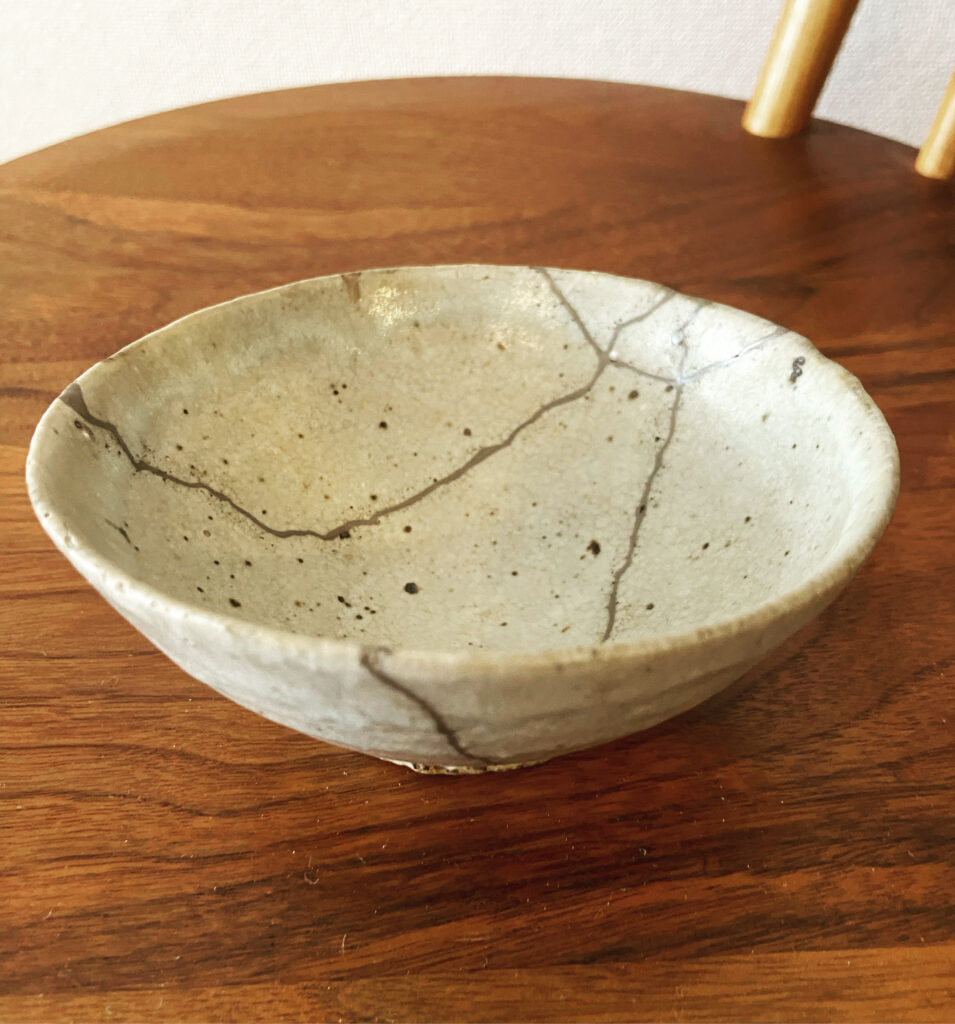
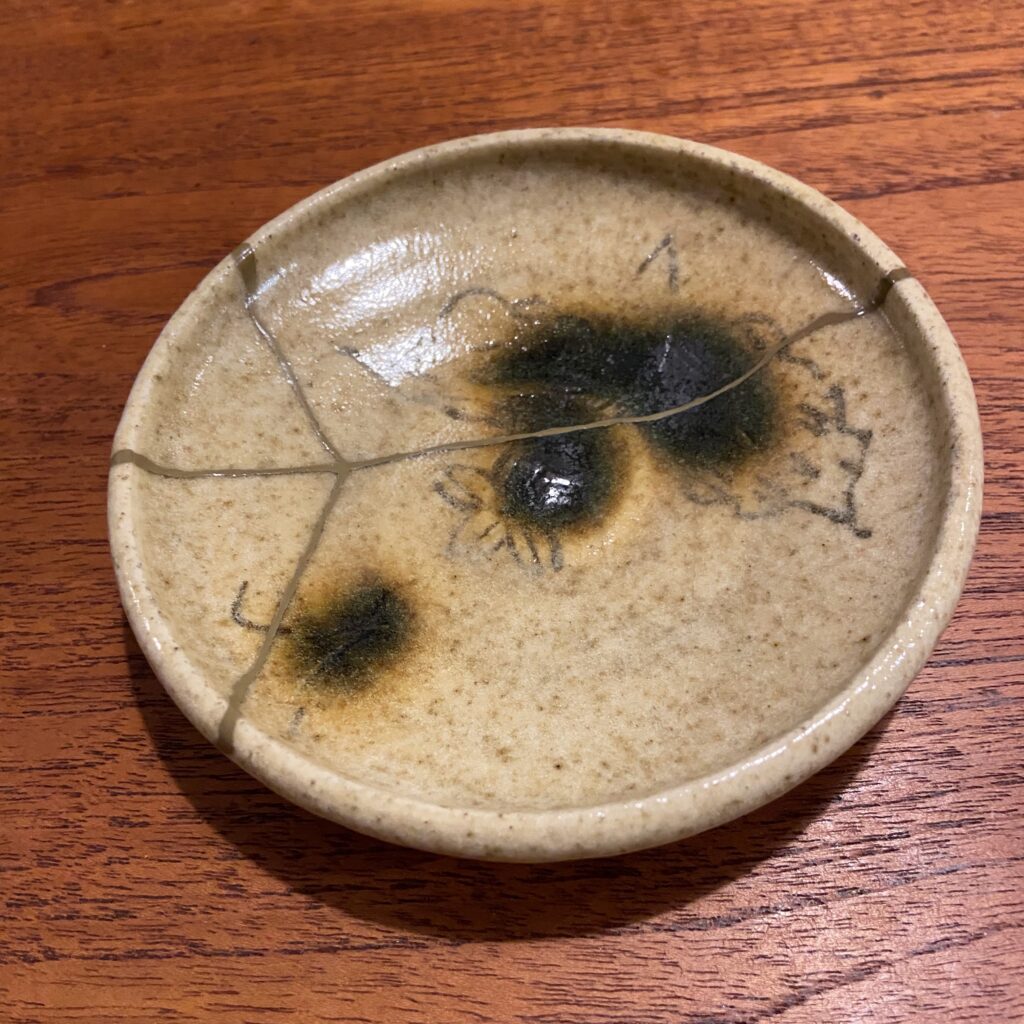
Tomonaoshi(inconspicuous repair)
You can also make repairs that match the original texture and color so that the restoration is not noticeable. Sometimes it's hard to tell which part has been repaired and where.
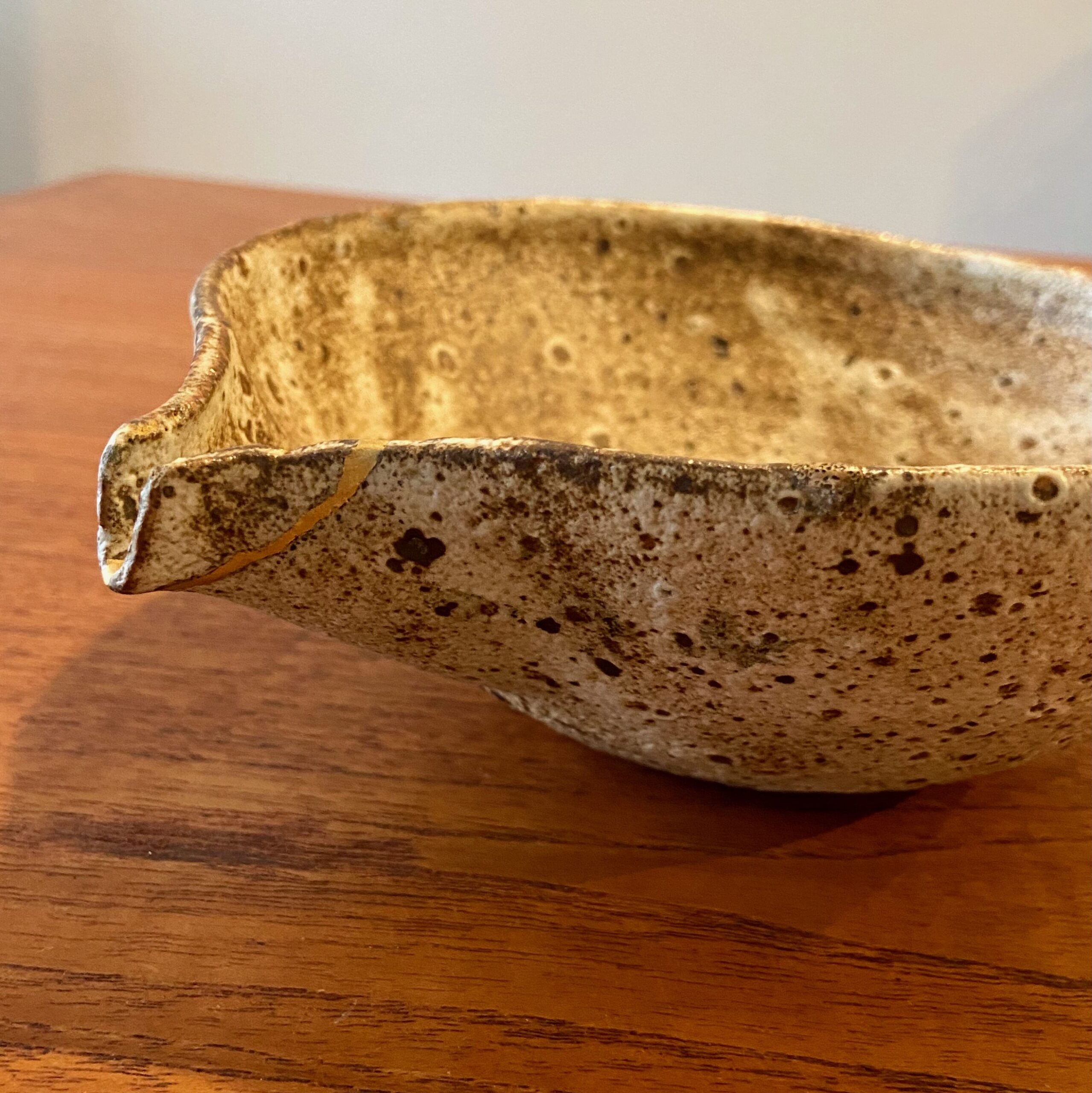
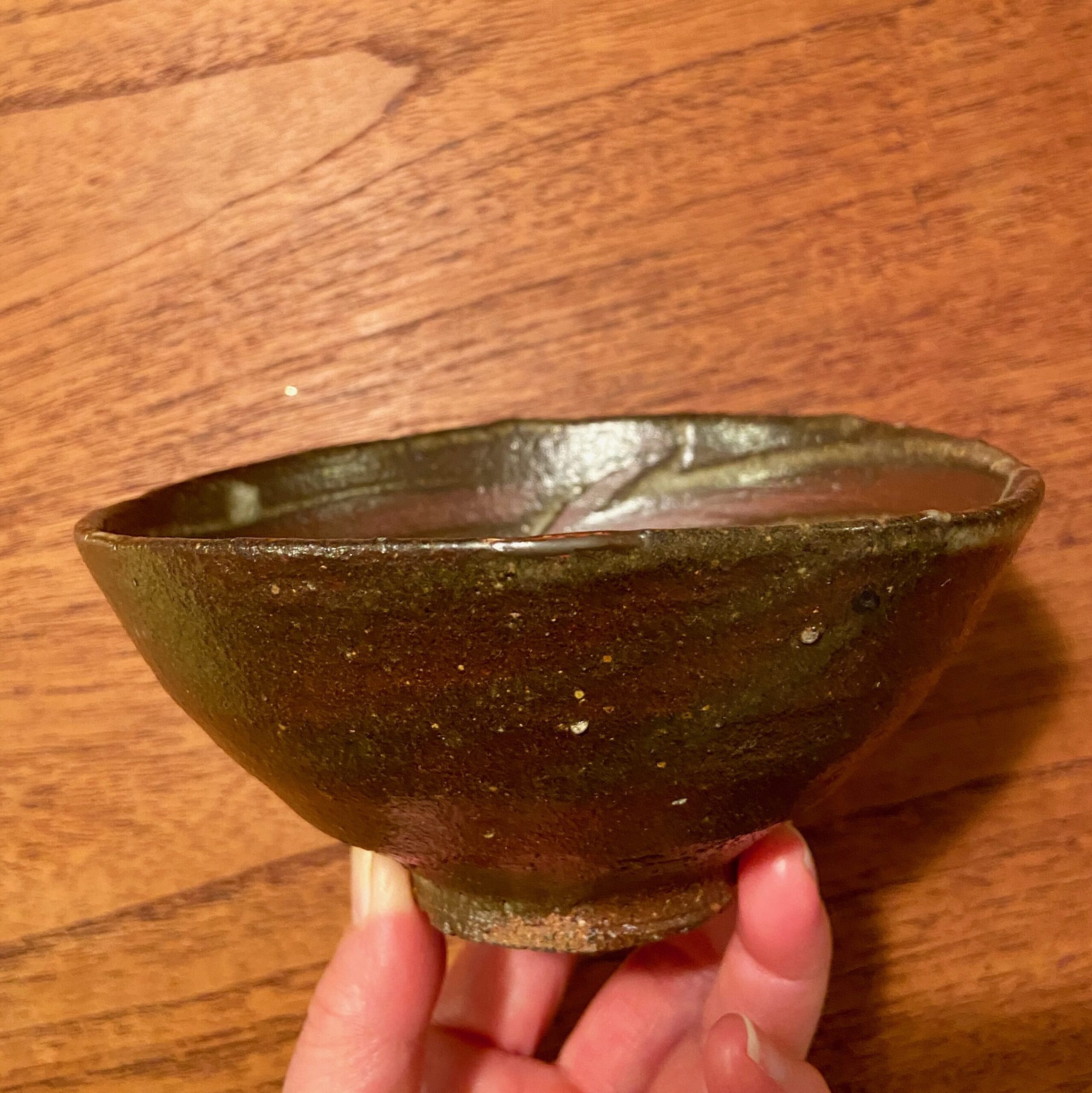
With reinforcement
Parts that need to support weight, such as handles and lid knobs, are glued and then reinforced to increase strength. Linen and Japanese paper are used.
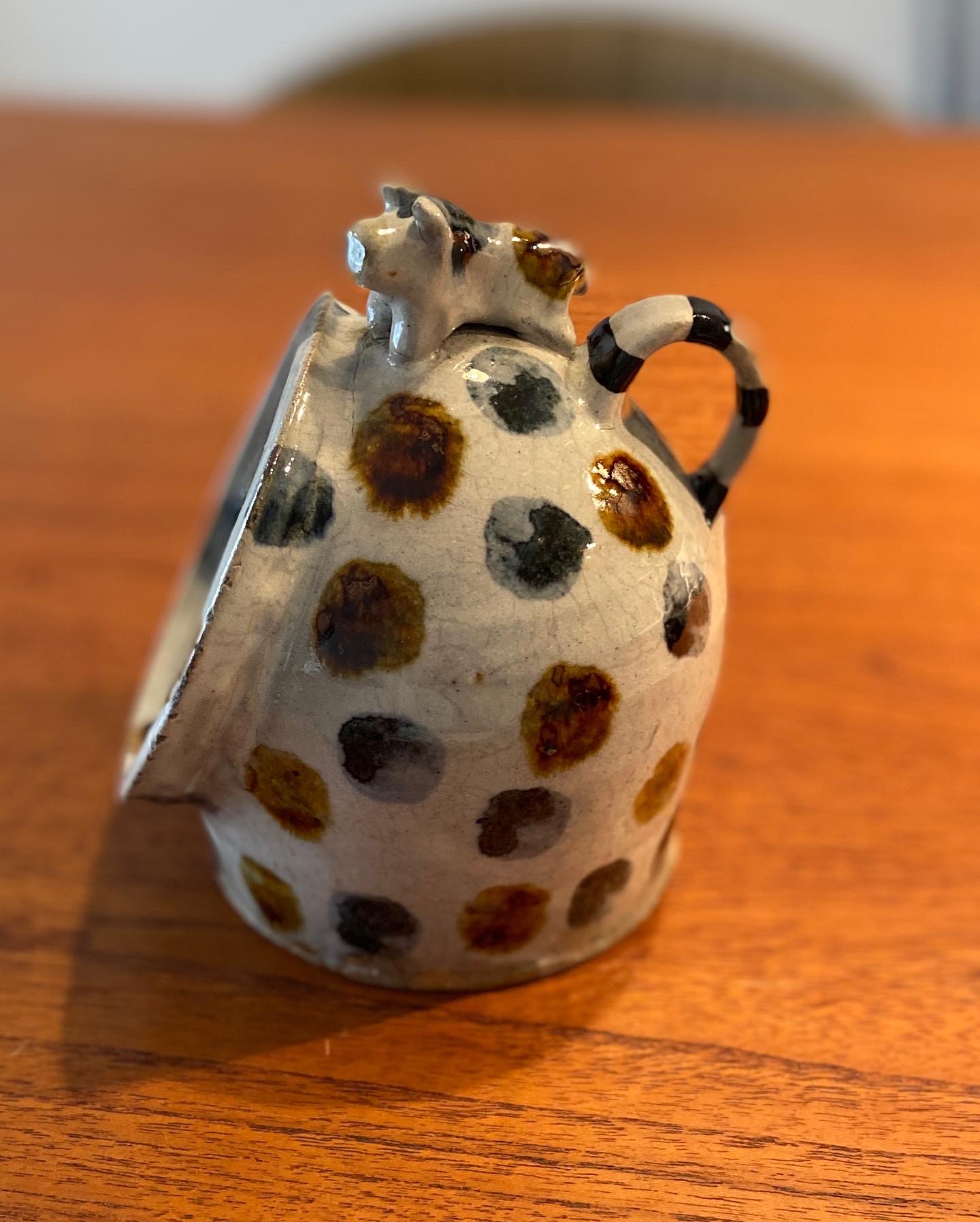
with linen cloth.
